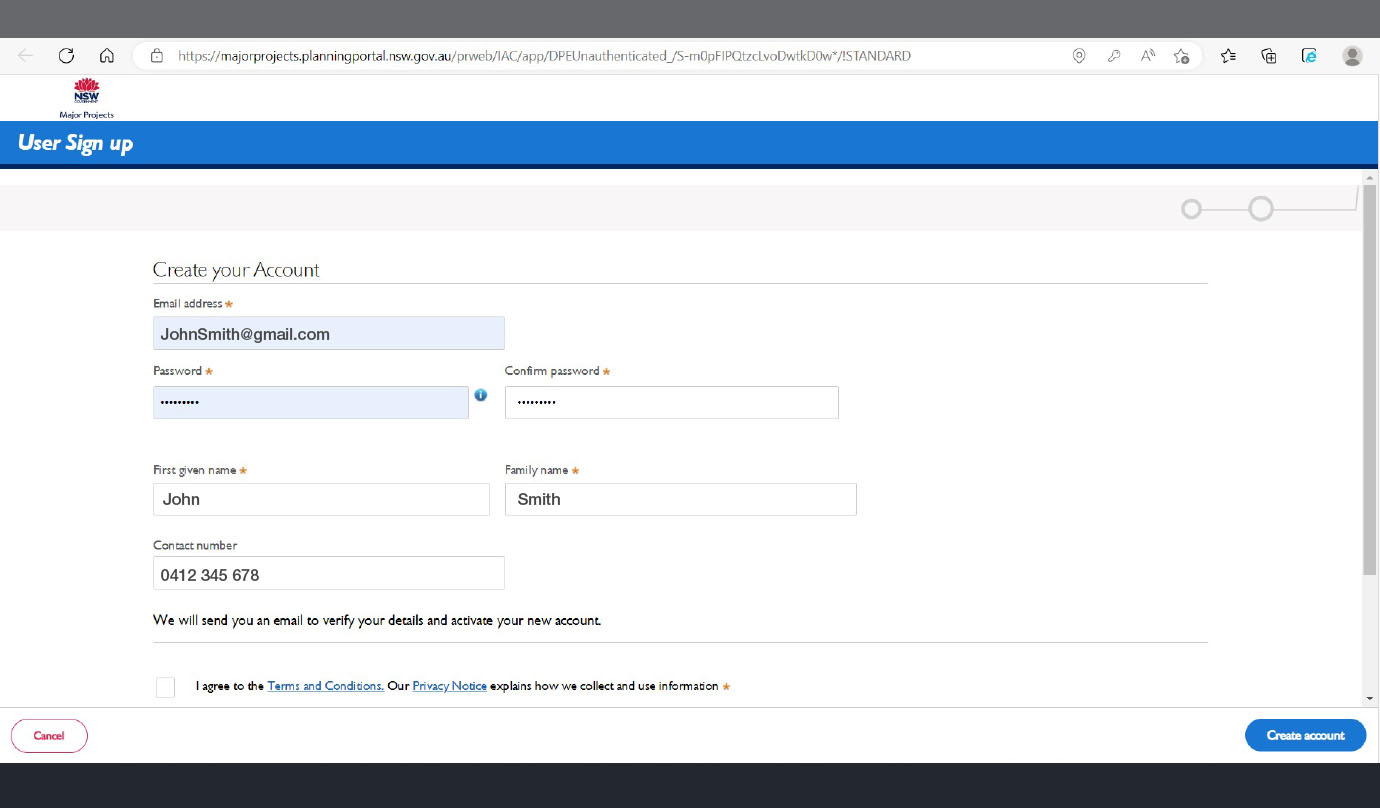
Add your details here
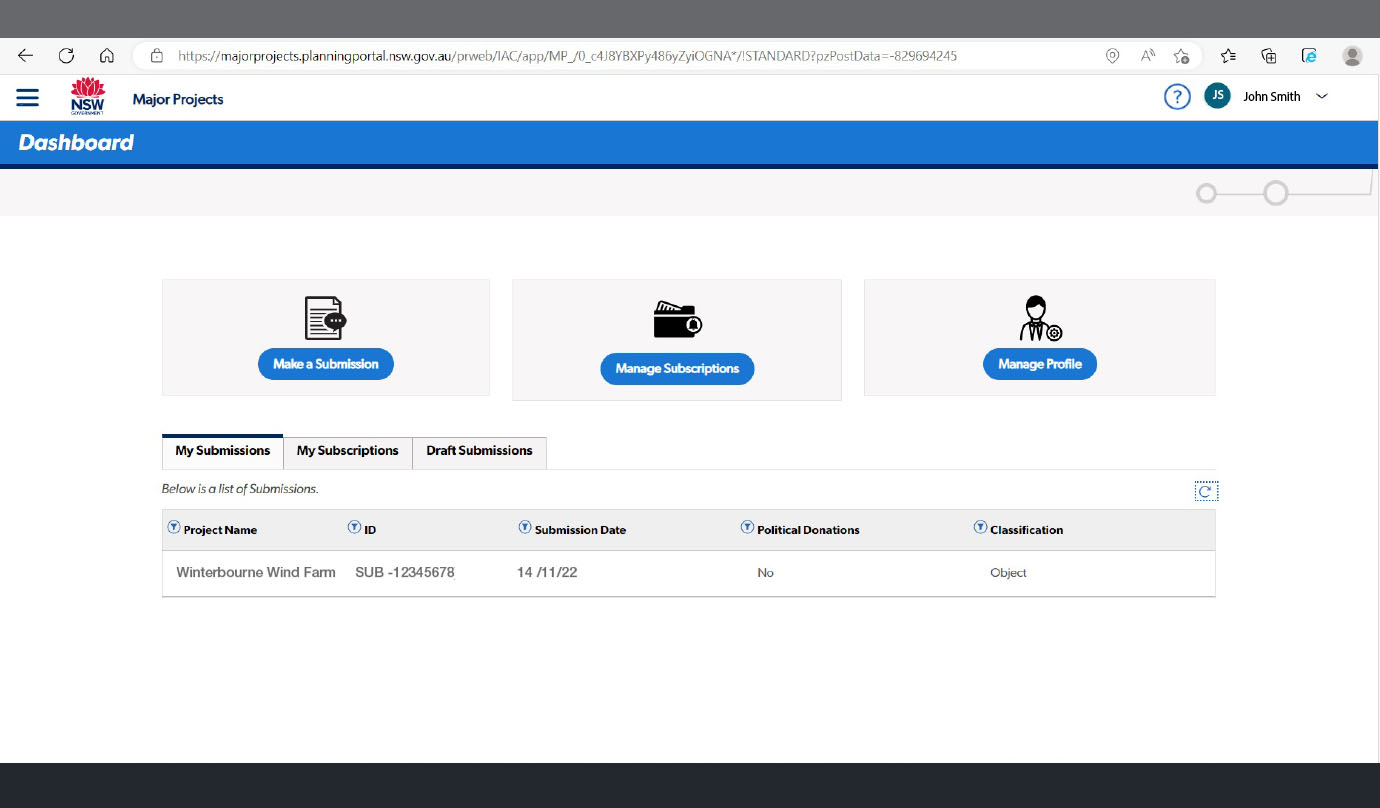
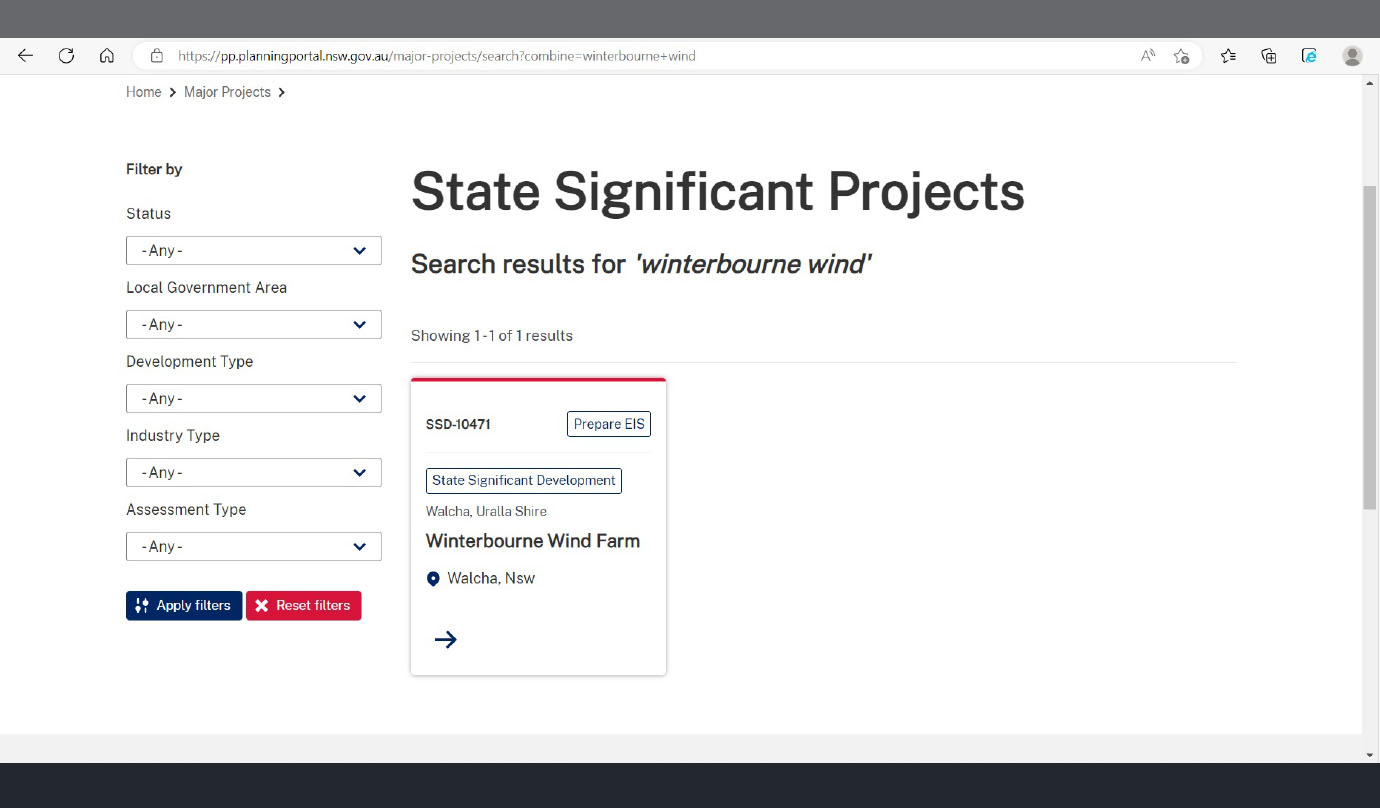
Click here
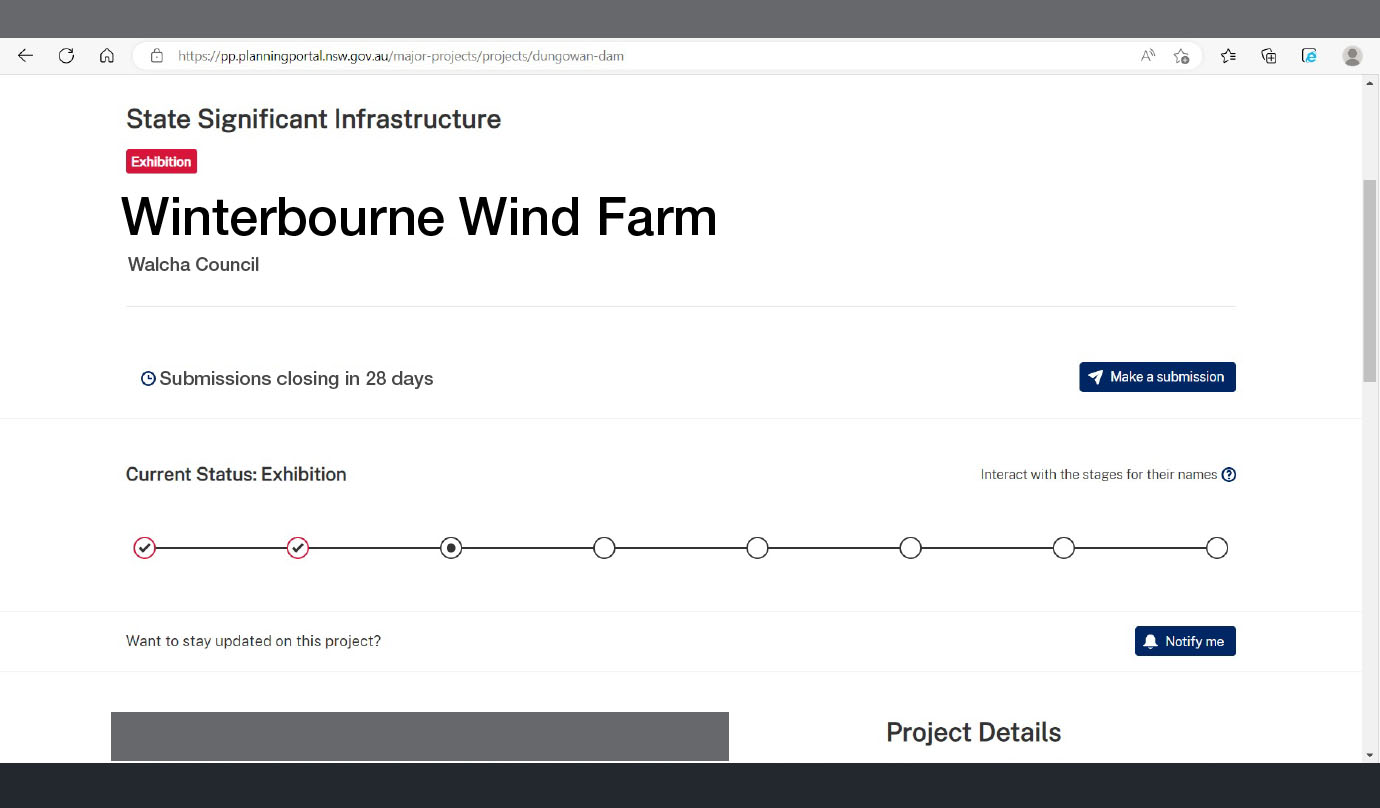
Click here
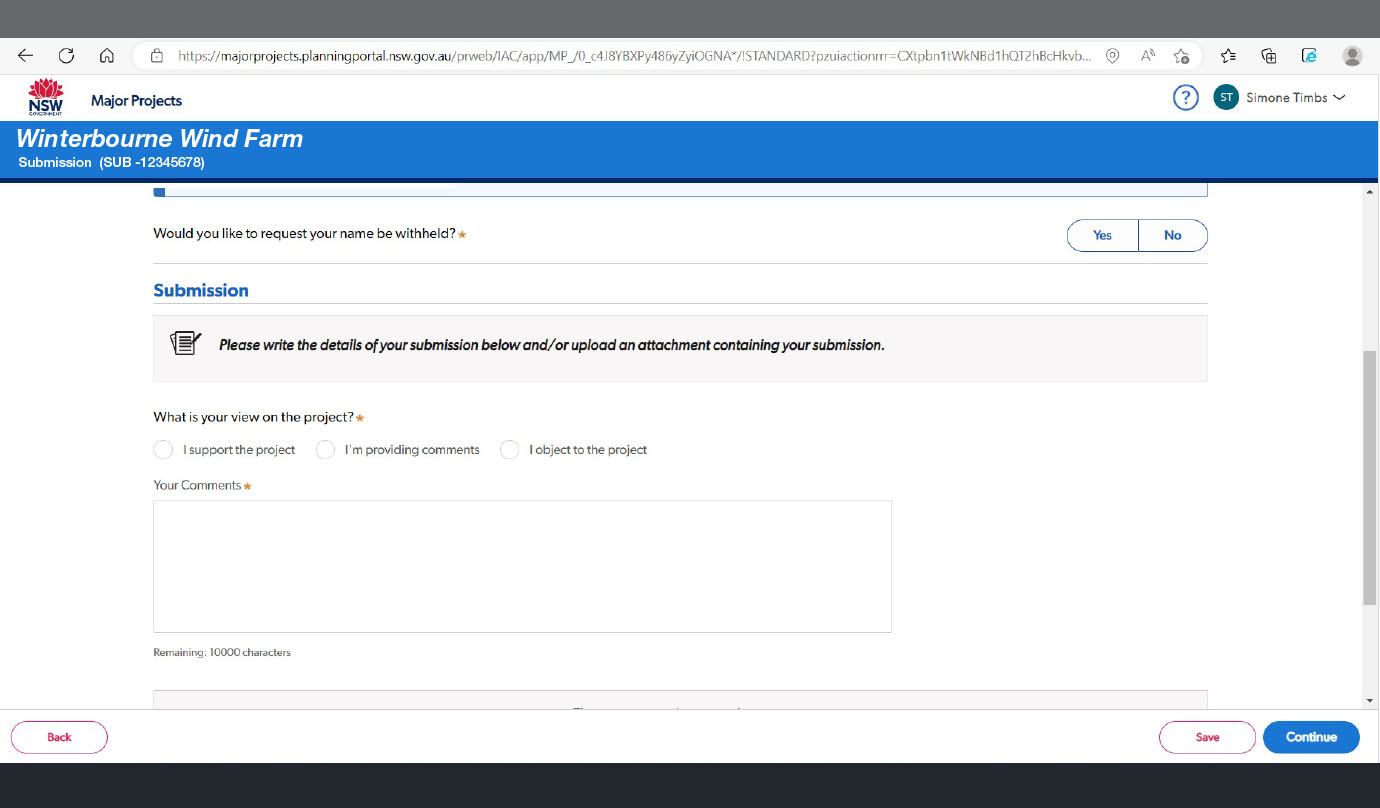
IMPORTANT!
If you choose to send a paper-based submission and it’s not addressed to the nominated contact person or team, the submission will not be received by the department and will be returned to sender.